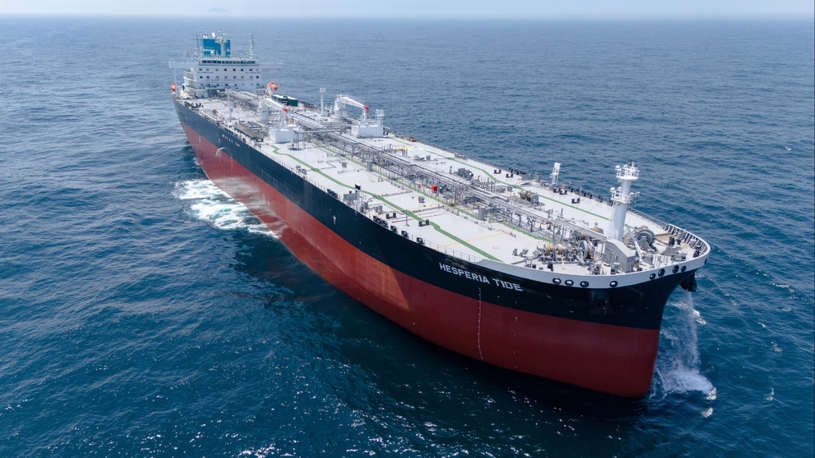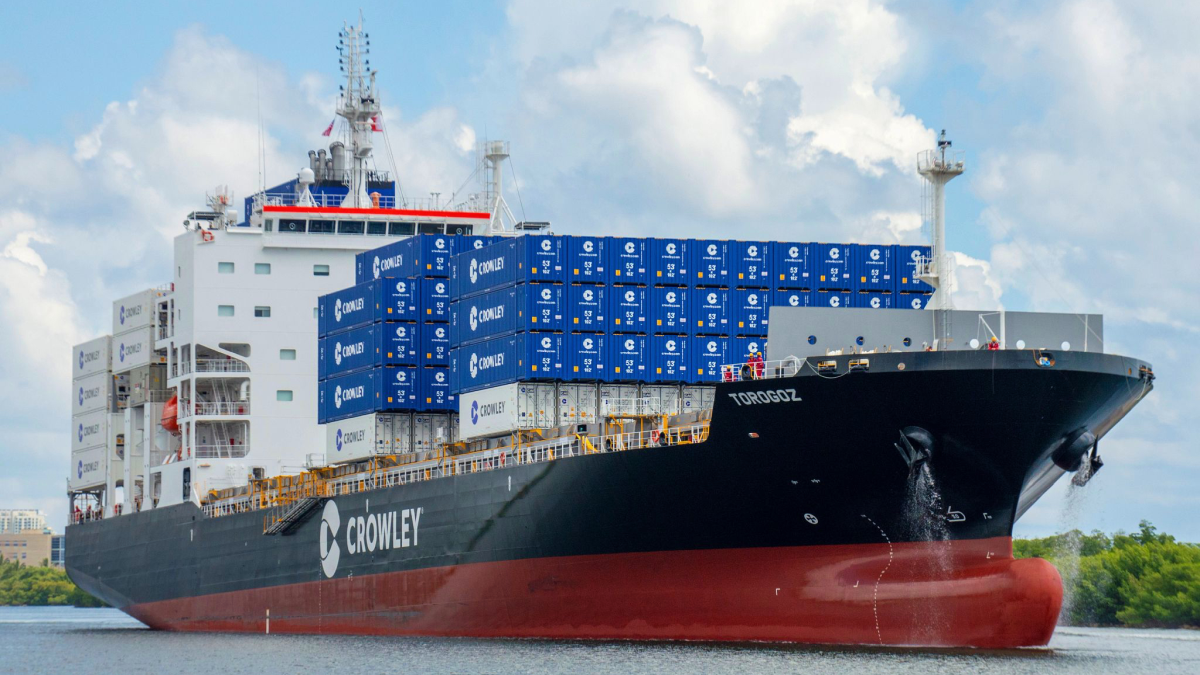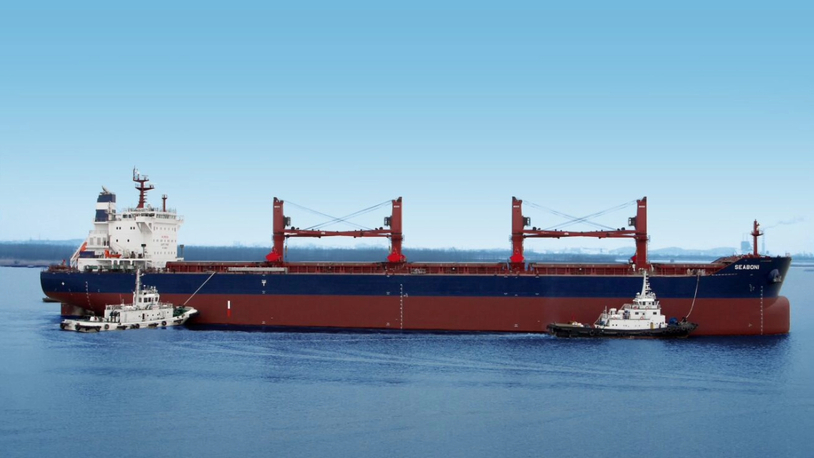Business Sectors
Events
Contents
Register to read more articles.
How Trump's tariffs, executive actions are reshaping US energy policy
Executive Orders, tariffs and sanctions are redrawing tanker trades, creating new challenges and selective opportunities for US and international owners
When Donald Trump was sworn in as President of the United States for a second term in January 2025, he made energy independence the centrepiece of his administration’s economic policy.
Within hours of taking office, President Trump signed an Executive Order titled Unleashing American Energy, stating that the aim of his administration was “to unleash American energy, to make America energy independent and dominant, and to ensure our Nation’s prosperity, security and strength for generations to come”.
The order set a clear course: remove restrictions on fossil fuel development, accelerate offshore oil and gas leasing, and restore the US as what the President described as the “world’s energy superpower.”
This policy direction has come against the backdrop of strong global oil demand. According to the International Energy Agency’s Oil Market Report – August 2025, global demand is forecast to increase by 1.1M barrels per day (b/d) in 2025, reaching 103.3M b/d, with transport fuels driving the growth.
The IEA noted “robust gasoil demand growth” and the “rebound in jet/kerosene demand” were key drivers of the market, while oil supply growth was expected to be led by producers in the Americas.
The United States continues to play a pivotal role in this landscape and the country remains both a large importer and a growing exporter of crude oil and refined products.
According to the US Energy Information Administration (EIA), crude oil imports in 2024 averaged about 6.7M b/d, with Canada by far the largest supplier.
At the same time, US exports of petroleum products have continued to rise and the EIA reported that in 2023, the United States exported nearly 6.0M b/d of crude oil, refined products, and natural gas plant liquids –“the most on record”.
The Trump administration has announced a new offshore energy strategy and the Bureau of Ocean Energy Management has begun the process of drafting a five-year offshore oil and gas leasing plan covering 2025–2030. The stated aim is to “support domestic energy production, job creation and national security” by expanding the areas available for exploration and development.
Yet the President’s economic strategy has not relied solely on increasing supply – the administration has revived the use of tariffs as a central instrument of policy.
The announcement of wide-ranging tariffs in mid-2025 sent shares of offshore oil companies lower, with markets concerned about increased costs and reduced competitiveness.
The shipping industry quickly voiced concerns, with owners and operators reacting with alarm at the prospect of a trade war, warning “the imposition of mass tariffs” could “reshape trading patterns and increase operating costs”, as Riviera reported at the time.
These policies are layered on top of existing sanctions frameworks that continue to affect global tanker employment.
One example is the growing compliance pressure on Indian refiners to reduce purchases of Russian crude. Indian buyers have stepped back from Russian cargoes as a result of Western sanctions enforcement, shifting flows elsewhere.
The outcome, according to a report on a 2025 Intertanko meeting, is the emergence of a “tripolar world order” in shipping markets. This refers to the growing division of trade flows into US-aligned, China-aligned, and neutral spheres, reshaping global tanker routes and cargo allocation.
For established owners, this is far from straightforward. Olympic Shipping managing director Yiannis Karageorgiou told Riviera that removing Chinese-built vessels from US trade is “extremely challenging,” underlining the complexities that long-standing Greek operators face under the new rules.
The reshaped trade environment has opened opportunities for others, and JP Morgan’s Schuyler Line Navigation Co has expanded its US-flag tanker fleet with a new delivery, illustrating how niche operators are positioning themselves to benefit from domestic cargo flows.
President Trump has also pledged to support the domestic shipbuilding base, announcing the creation of a new Office of US Shipbuilding to resurrect US shipyards.
The initiative seems to be working - Hanwha Shipping has confirmed the largest US commercial vessel order in two decades, underscoring the link between national policy and newbuilding investment.
Further changes in shipping policy may lie ahead, with unions, registry bodies and NGOs pressing the US Federal Maritime Commission to act on what they describe as the damaging effects of flags of convenience on US shipping. The Commission is now examining whether further restrictions will be imposed on the foreign registries that dominate international shipping.
Taken together, these developments show how the United States under President Trump is reshaping the tanker market through a combination of domestic energy expansion, tariff measures, sanctions enforcement and regulatory scrutiny.
The policy mix is challenging the established order for international owners, while simultaneously creating openings for domestic operators and shipbuilders.
The direction of travel is clear: the United States intends not only to be a leading producer and exporter of oil, but also to exert more direct control over the structures of shipping which directly benefit an America-first approach.
Sign up for Riviera’s series of technical and operational webinars and conferences:
-
Register to attend by visiting our events page.
-
Watch recordings from all of our webinars in the webinar library.
Related to this Story
Events
Offshore Support Journal Conference, Americas 2025
LNG Shipping & Terminals Conference 2025
Vessel Optimisation Webinar Week
© 2024 Riviera Maritime Media Ltd.












